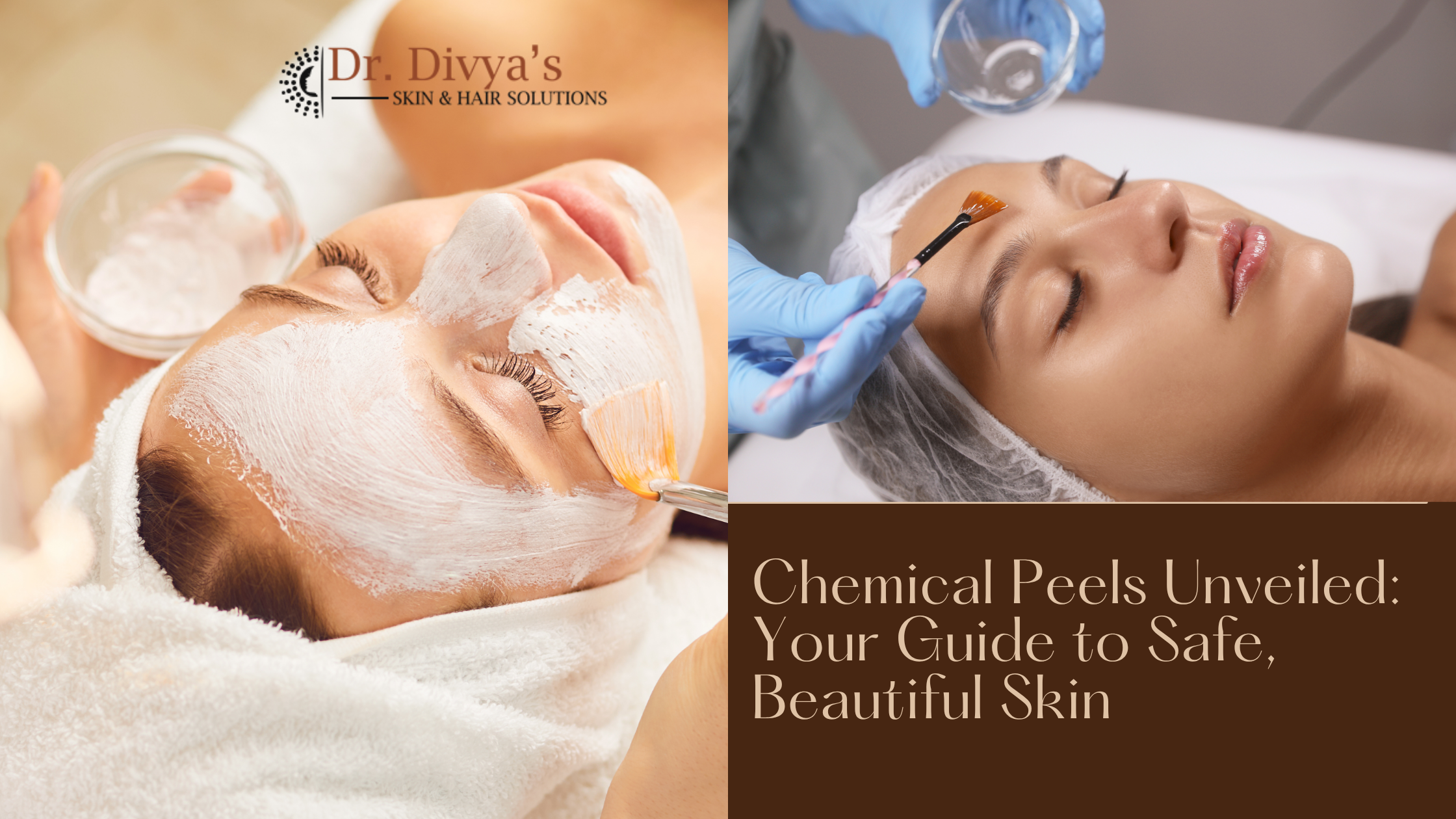Posted date on Aug 21, 2025
Uneven skin texture, acne scars, and dark spots can affect your confidence and make skincare feel like a challenge. Fortunately, modern skincare tools like the derma roller are making it easier to achieve smoother, glowing skin. This minimally invasive treatment stimulates your skin's natural healing process, helping reduce scars, marks, and fine lines.
In this blog, we'll explore how a derma roller works, its benefits for scars and marks, and tips for safe use to help you get radiant, healthy skin.
What is a Derma Roller?
A derma roller is a small handheld device covered with tiny, medical-grade needles. When gently rolled over the skin, it creates micro-injuries that trigger the body's collagen and elastin production. This process, known as microneedling, improves skin texture, reduces scars, and promotes a youthful glow.
How Does a Derma Roller Help with Scars & Marks?
- Reduces Acne Scars: Micro-injuries stimulate new skin growth, which helps diminish the appearance of deep and shallow acne scars.
- Fades Hyperpigmentation & Marks: Regular use encourages even skin tone by breaking down dark pigmentation over time.
- Improves Skin Texture: Boosted collagen production smooths rough or uneven skin, making it soft and supple.
- Minimizes Fine Lines: By promoting skin regeneration, microneedling reduces the appearance of fine lines and early signs of aging.
Benefits of Using a Derma Roller
Non-surgical & minimally invasive: No need for expensive surgeries or long recovery periods.
Boosts skincare absorption: After microneedling, your serums and creams penetrate deeper for better results.
Safe for most skin types: When used correctly, derma rolling is suitable for a wide range of skin tones and types.
Tips for Safe and Effective Use
Choose the Right Needle Size: For scars and marks, 0.5mm to 1.5mm needles are usually recommended.
- Sanitize the Device: Always clean the derma roller before and after each use to prevent infections.
- Avoid Overuse: Limit sessions to once every 2-3 weeks, depending on your skin sensitivity.
- Use Gentle Pressure: Rolling too hard can damage skin instead of helping it.
- Combine with Serums: Applying hyaluronic acid or vitamin C serum post-treatment can enhance results.
- Avoid Sun Exposure: Your skin is more sensitive after microneedling, so use sunscreen to prevent damage.
Who Should Avoid Derma Rollers?
While generally safe, derma rollers are not recommended for people with:
- Active acne or infections on the skin
- Eczema, psoriasis, or sensitive skin conditions
- History of keloid scarring
- Consult a dermatologist if you are unsure whether derma rolling is suitable for your skin type.
Conclusion
A derma roller is a powerful tool for improving skin texture, fading scars, and restoring your natural glow. With consistent use, proper care, and patience, you can achieve smoother, healthier, and more radiant skin. Remember, safe and hygienic practices are key to effective microneedling results.
FAQs on Derma Roller for Scars & Marks
1. Does a derma roller really help reduce scars?
Yes! Derma rollers work through microneedling, which stimulates collagen and elastin production. This helps smooth out acne scars, surgical scars, and other marks over time.
2. How often should I use a derma roller?
For most skin types, using a derma roller once every 2-3 weeks is recommended. Overuse can irritate your skin and slow down healing.
3. Can I use a derma roller at home safely?
Yes, home use is possible if you follow safety guidelines-sanitize the device, use gentle pressure, and choose the right needle size. For deeper scars, professional treatments may give better results.
4. Can derma rolling cause side effects?
Mild redness or sensitivity is common immediately after use, but serious side effects are rare if used correctly. Avoid derma rolling on active acne, infected skin, or open wounds.
5. Should I use skincare products after derma rolling?
Absolutely! Applying serums like hyaluronic acid or vitamin C after treatment enhances absorption and boosts results. Always avoid harsh chemicals immediately after rolling.





